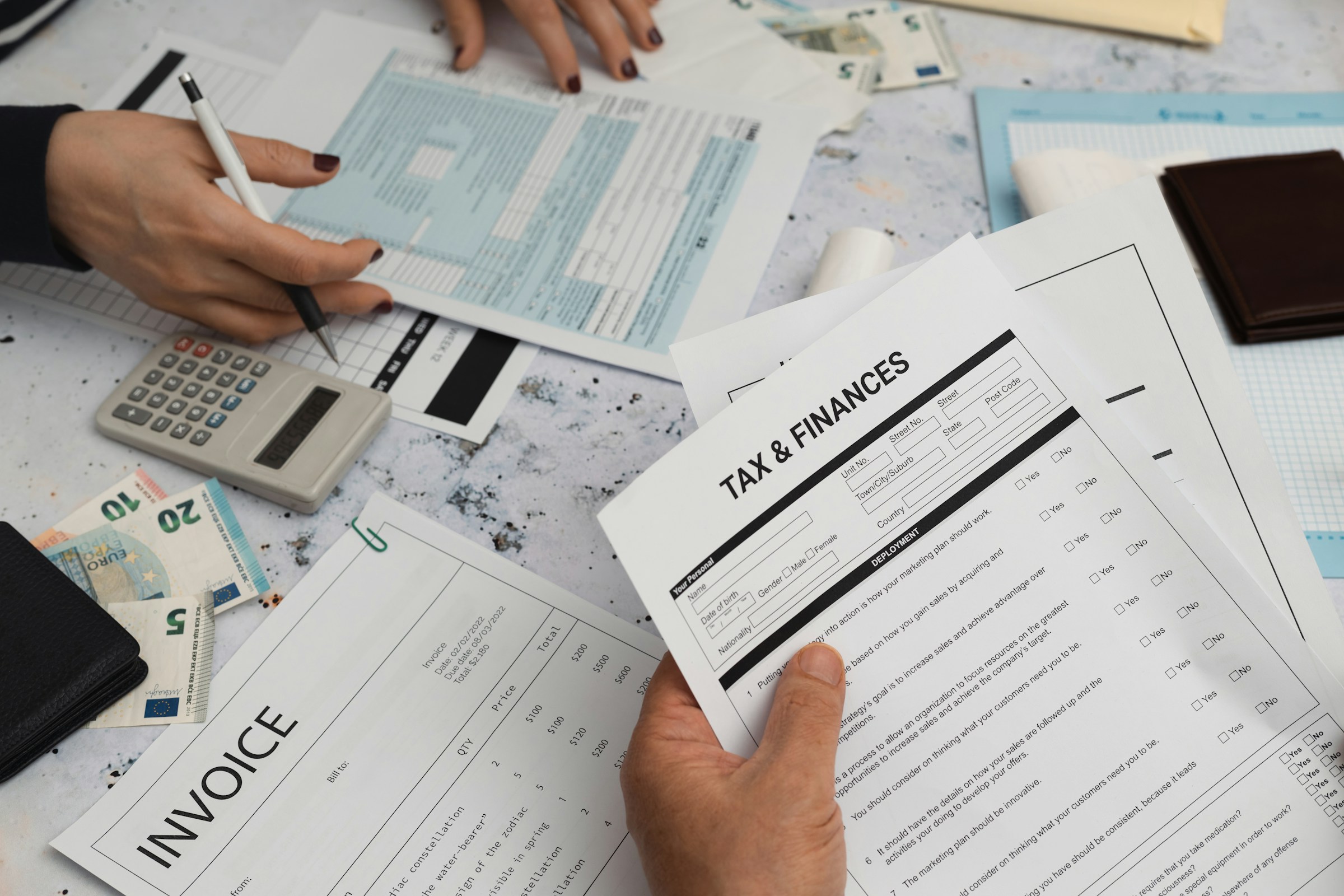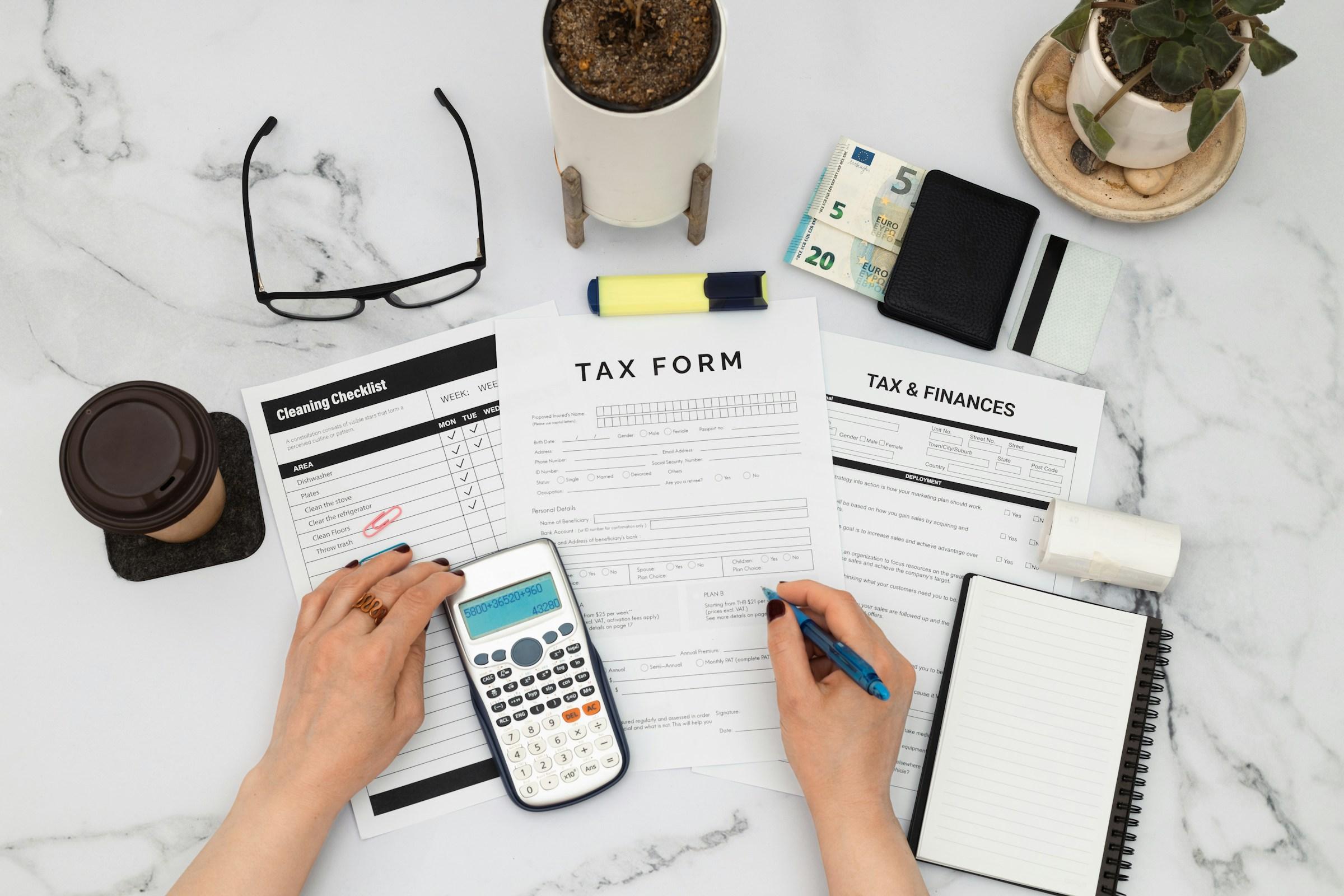You work hard to save. You take measured risks with your investments. Yet a quiet third variable often gets less attention than market returns or fees. Taxes sit between you and compounding, and they compound too. When we talk about performance, we usually quote gross returns. What funds your goals, however, are after-tax returns. That is why tax discipline is not a niche tactic for high earners. It is a planning choice that helps every investor keep more of what the market already offers.
Start with compounding. Imagine two identical portfolios that earn the same market return before tax and pay the same fund fees. One is exposed to ongoing tax drag from interest, dividends, and realized gains. The other defers or shelters some of that drag. The difference looks small in a single year. Over ten or twenty years, the gap widens because money not paid in tax stays invested and itself earns returns. This is the quiet lever behind many “why does my balance feel behind” conversations. The goal is not to chase complexity. The aim is to reduce avoidable leakage so that your chosen risk actually shows up in your outcomes.
Taxes apply at different points in the investment journey. There is tax when you contribute, tax on income and gains while you hold, and tax when you withdraw or sell. Aligning these touchpoints to your timeline makes a noticeable difference. If you are still in your peak earning years, a tax-deferred account can lower current income and let assets grow untouched, to be taxed when you likely have lower income in retirement. If you expect to relocate or shift into part-time work, the same principle applies. You want the heaviest tax to fall when your taxable income is lighter and your allowances work harder.
The second idea is asset location. Think of your accounts as containers with different tax rules. The same diversified mix can sit across those containers in a smarter way. Highly taxed income, like bond coupons in many systems, is usually better housed in tax-deferred or tax-sheltered accounts. Equity index funds with low turnover fit well in taxable accounts because they distribute fewer gains and benefit from preferential capital gains treatment in many jurisdictions. High-turnover strategies, active funds with frequent trades, or real estate investment trusts that pay out fully taxable income often belong in a shelter if one is available. You are not changing your overall risk. You are placing the same building blocks in containers that reduce tax friction.
Rebalancing also has tax consequences. A disciplined investor trims winners and adds to laggards to keep risk aligned with plan. Doing that inside a tax-sheltered account avoids realizing taxable gains. If you must rebalance in a taxable account, direct new contributions and dividends to the underweight asset first. This “cash flow rebalancing” allows your allocation to drift back toward target without unnecessary sales. If selling is unavoidable, lot-level management helps. Use specific identification to sell higher-cost lots and keep gains smaller. The work happens once in your custodian settings, and the benefits last for years.
Loss harvesting deserves a calm perspective. Realizing a loss to offset gains or income can lower today’s bill and keep your capital working. The objective is not to churn or change your investment thesis. It is to switch into a similar but not identical holding to maintain market exposure while the clock reset happens. This is valuable in high-gain years or when you are diversifying out of a concentrated position. The right test is simple. Does the harvest align with your core allocation, and does it reduce taxes without raising risk? If yes, it is a planning tool, not a performance trick.
Distribution sequencing in retirement is another area where planning adds real value. Many households rely on three sources at different times: cash and taxable accounts, tax-deferred savings, and tax-free or tax-exempt accounts. Drawing from taxable accounts first can allow tax-deferred assets to keep compounding and create room to realize gains at favorable rates. In other cases, small strategic withdrawals or conversions from tax-deferred accounts before mandatory distributions begin can smooth your lifetime tax bill, especially if you expect higher taxable income later due to pensions or annuities. The best order depends on your target lifestyle spending, the size of each account type, and your jurisdiction’s brackets and allowances. The principle is stable. Aim to fill lower tax bands intentionally each year rather than drift into avoidable spikes later.
Cross-border investors need an extra layer of awareness. Singapore residents do not pay tax on most capital gains, which shifts the focus toward dividend withholding on foreign shares and fund structure choices. Hong Kong investors face a similar lens, with no local capital gains tax but potential foreign withholding and estate tax exposure through certain market routes. UK-based professionals have powerful tax shelters in ISAs and pensions that can protect income and gains entirely within limits. British expats returning home often underestimate how moving mid-year changes their reporting and how non-UK funds can trigger punitive rules. None of this requires fear. It calls for choosing wrappers and instruments that fit the destination rules you are most likely to live under during contribution and withdrawal years. Your timeline matters as much as your risk tolerance.
Fund selection plays a quiet role too. Index funds and ETFs with low turnover tend to be more tax friendly than active strategies that realize gains frequently. Accumulating share classes that reinvest income inside a shelter can simplify record-keeping. In taxable accounts, distributing share classes may suit those who live off portfolio income, but be mindful of how those payouts are taxed relative to capital gains in your location. When you evaluate two similar funds, do not stop at management fees. Compare historical distribution patterns, turnover, and the fund’s domicile. Sometimes a slightly higher fee fund nets a better after-tax outcome because it avoids passing through large gains. What matters is what you keep.
Employer plans and government schemes are part of this picture. Matching contributions and tax relief can turn a good investment into a great plan because the upfront benefit compounds for years. If you are unsure which account to fund first, a simple rule of thumb helps. Capture any employer match. Fill your most tax-advantaged space next, up to the limits that keep your emergency fund intact. Direct the remainder to flexible taxable investing or shorter-term goals. You are not trying to maximize every allowance in the first year. You are building a repeatable order of operations that the rest of your life can support.
People often ask whether tax planning distracts from the bigger drivers of wealth such as savings rate and asset allocation. It does not. Think of tax discipline as the third leg of a steady stool. Savings rate sets the fuel, allocation sets the engine, and tax structure reduces drag. You do not need to get fancy. Choosing the right container for each asset, rebalancing in the least taxable place, and planning distributions with an eye on brackets covers most of the benefit. The advanced techniques matter at the margins or for very specific situations, but the core returns to simple habits done consistently.
There are also behavioral gains. A tax-aware plan tends to be a steadier plan. When you have committed to a structure that rewards holding periods, you are less likely to chase frequent trades that create taxable gains without improving risk-adjusted returns. When rebalancing and withdrawals follow clear rules, decisions feel less emotional. That steadiness is not just comforting. It improves real outcomes because you stay invested through noise and let time do its work.
Common pitfalls are predictable and avoidable. Holding high-yield fixed income in a taxable account while leaving tax shelters for low-turnover equities can raise your current tax bill unnecessarily. Selling a long-held position without checking how to stage the sale across tax years can bump you into a higher bracket for no added benefit. Forgetting to review beneficiary designations on retirement accounts can create complexity for heirs that thoughtful planning could have solved. The remedy is not perfection. It is one annual review where taxes, account titling, and beneficiary strategy sit on the agenda next to performance and goals.
If you invest across borders or intend to relocate, consider the order in which you build shelters. A plan that is optimal in one country may be less flexible in another. Portable wrappers, global custodians, and plain vanilla building blocks often travel better than exotic structures. If a move is likely within a few years, favor simplicity and keep good records. Documentation preserves your cost basis and supports any reliefs you may claim later. None of this replaces professional tax advice in complex cases. It gives you a clear map for the questions to ask.
It helps to pause and ask a few grounding questions. How long do you expect each dollar to stay invested before you need it for education, housing, or retirement? Which accounts give you the best tax treatment over that horizon, not just this year? Where should the income-heavy pieces of your portfolio live so that they work harder after tax? How will you rebalance and draw down in a way that keeps your brackets steady rather than spiky? These questions turn a vague sense of tax worry into practical choices.
You may notice that none of this relies on predictions. Market returns are outside our control. Tax rules change, but the core principles are stable. Reduce unnecessary current taxation where it does not match your timeline. Place assets in accounts that neutralize their least tax-friendly features. Sequence withdrawals to smooth your lifetime bill. Use low-turnover funds that let compounding do more of the work. Review once a year to account for life changes and policy updates. That is it. Quiet, repeatable, and aligned with the way wealth actually grows.
Tax planning can sound technical. In practice it is an exercise in alignment. You are deciding where each part of your portfolio should live, when each dollar should show up in your income, and how to keep more of what you already earn from markets. The term tax-efficient investing appears often in financial media, but the real work happens in small choices that stay consistent for years. Start with your timeline. Match the wrapper to the goal. Revisit gently each year. You do not need to be aggressive. You need to be aligned. The smartest plans are not loud. They are consistent.




.jpg&w=3840&q=75)



.jpg&w=3840&q=75)

.jpg&w=3840&q=75)

.jpg&w=3840&q=75)
.jpg&w=3840&q=75)
